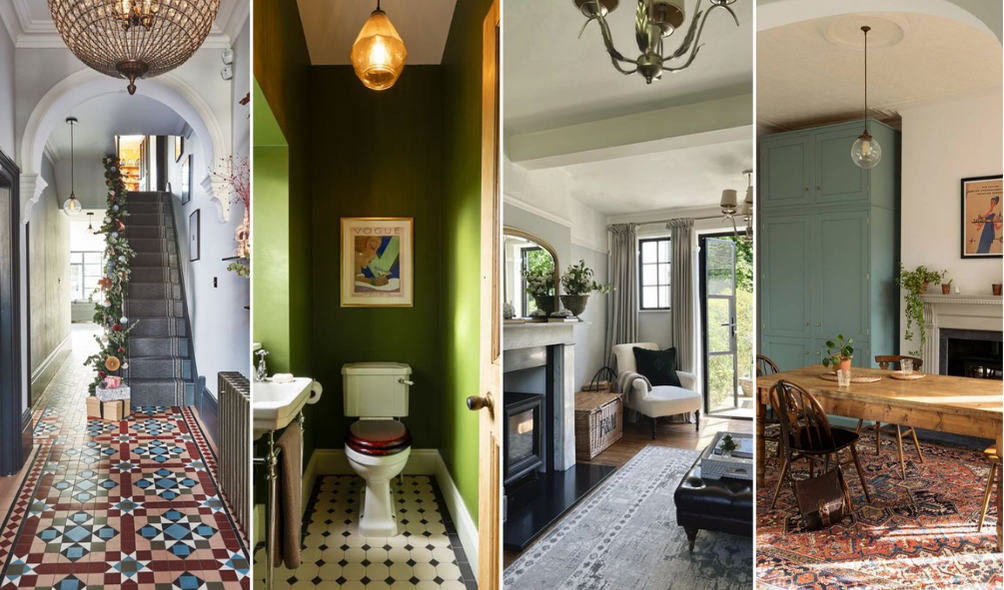
FAQ About Edwardian House Decor

Were there specific design elements that characterized Edwardian kitchens?
Simplicity and Functionality: Edwardian kitchens were marked by a move towards simplicity and functionality. Designers and homeowners sought to create efficient and practical spaces that were easy to navigate.
Lighter Color Palette: Unlike the darker color schemes often found in Victorian kitchens, Edwardian kitchens embraced lighter color palettes. Soft pastels and neutral tones created a brighter and more inviting atmosphere.
White Tiled Surfaces: White ceramic tiles were commonly used on walls, providing a hygienic and easy-to-clean surface. Subway tiles, often arranged in a brick pattern, were a popular choice for backsplashes.
Wooden Cabinetry: Wooden cabinetry in Edwardian kitchens was typically simple and functional. Shaker-style cabinets, characterized by recessed panels and clean lines, were a popular choice. Light-colored woods such as oak or pine were commonly used.
Plate Racks: Open plate racks were a characteristic feature in Edwardian kitchens. These racks, often mounted on the wall or integrated into cabinetry, allowed for the display and easy access to plates and dishes.
Butler's Pantry: In larger homes, a separate butler's pantry was a common feature. This space, located between the kitchen and dining room, was used for food preparation, storage, and serving, reflecting the formality of dining during that era.
Tiled Flooring: Tiled flooring was practical and easy to clean. Hexagonal or square tiles in light colors were popular choices for Edwardian kitchen floors.
Copper and Brass Accents: Copper and brass accents were occasionally used in Edwardian kitchens. This could include copper or brass handles, faucets, and other small details, adding a touch of warmth and elegance.
Freestanding Furniture: Freestanding furniture pieces, such as dressers or sideboards, were common in Edwardian kitchens. These pieces often featured simple lines and provided additional storage.
Incorporation of Gas Stoves: The use of gas stoves became more widespread during the Edwardian era. Gas stoves were considered more efficient and easier to control than earlier coal or wood-burning stoves.
Appliances Hidden from View: Appliances were often hidden from view behind cabinetry or screens when not in use. This contributed to a cleaner and more organized appearance in the kitchen.
Leadlight Windows: Stained or leadlight windows added a decorative touch to Edwardian kitchens. These windows often featured geometric or floral patterns, echoing the influence of the Arts and Crafts movement.
Apron Front Sinks: Farmhouse or apron front sinks were popular in Edwardian kitchens. These sinks, often made of white porcelain or enamel-coated cast iron, added a classic and practical element.
Simple Molding Details: While not as ornate as Victorian moldings, Edwardian kitchens still featured some molding details. Crown moldings or simple trim around cabinetry added a touch of elegance.
